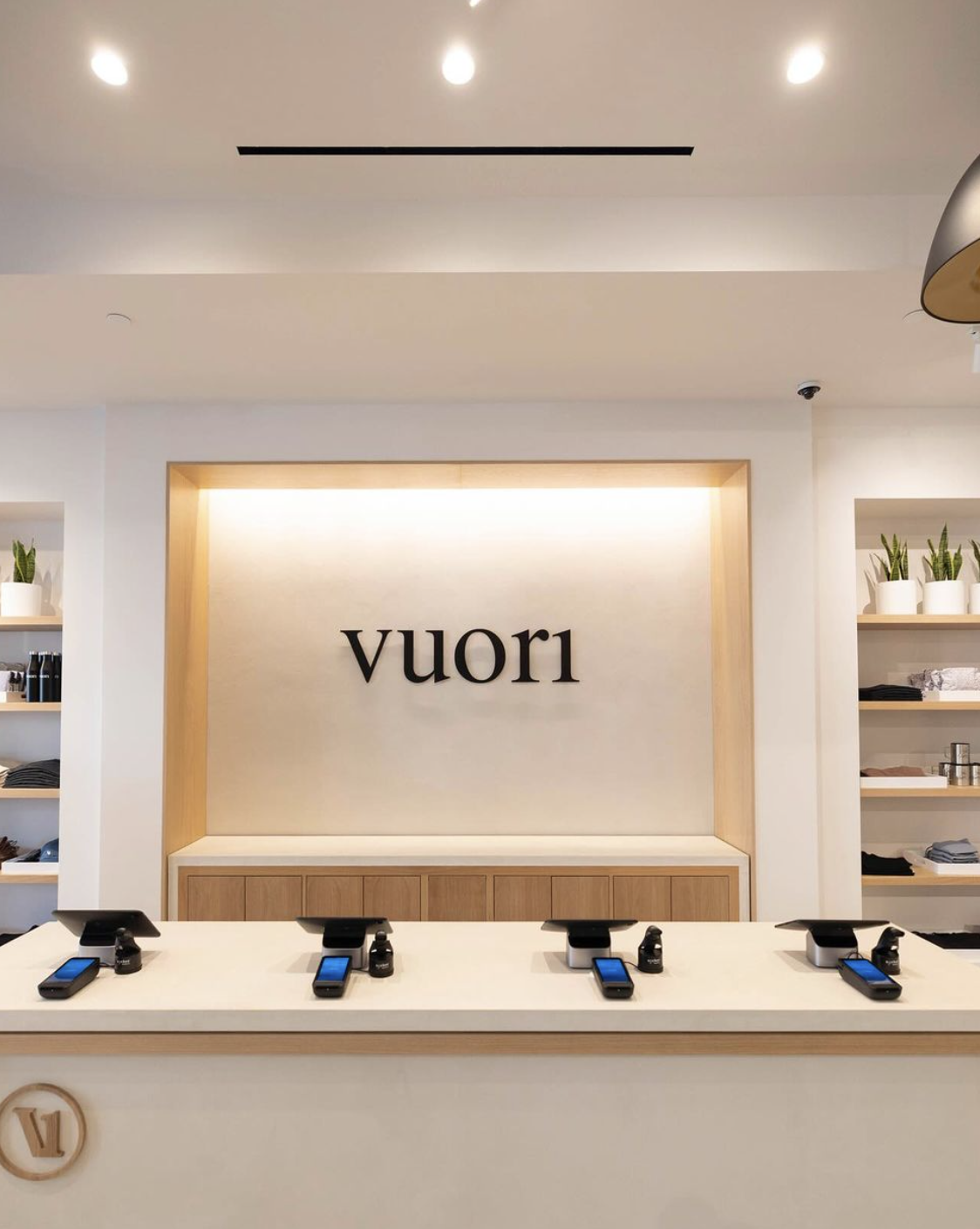The Impact of NIL on Corporate America: Who’s Capitalized the Most in Recent Years
Written By: Jonathan Merlin
Over the last calendar year, the NIL industry has grown by nearly 150%. While athletes have done their best to capitalize on the new NIL legislation, brands are also realizing what NIL can do for them. So, which industries have capitalized the most, how have they done it, and how has NIL impacted their business overall?
To start, 70% of NIL deals are in the Apparel & Accessories industries. However, these deals are not headlined by the typical athletic apparel giants like Nike and Under Armor but rather by smaller brands trying to do something unique in order to compete. Brands that aren’t household names, like Rhoback, can partner with college athletes to specifically target a younger audience and get their product in front of a wider market. While no numbers are certain, it is reported that Rhoback grew its sales from $20 million in 2022 to $50 million in 2023, partly due to its success in the NIL industry.
There have been two emerging strategies that brands have used to capitalize on NIL. The first and most obvious is targeting a single big-name college athlete to headline a new product release or endorse the brand. The best example of this strategy is LSU star Livvy Dunne signing a new multi-million dollar deal with Vuori. By targeting Livvy, Vuori can connect with her over 12 million social media followers and reach the ever-so-valuable Gen-Z demographic. Back in 2018, Vuori made $30 Million in revenue. Now, Vuori reported that its revenue tripled to $90 Million in part thanks to its partnership with Livvy. This partnership underscores the effectiveness of leveraging influencers with substantial social media followings to drive brand growth and sales in the competitive athleisure market.
The second strategy is the mass participation strategy, where companies create a large portfolio of brand ambassadors rather than focusing on a single athlete. This strategy focuses on building a network of many athletes from different schools and demographics to reach a wider audience. For example, Adidas has partnered with nearly 50,000 student-athletes nationwide to promote their brand and give every student-athlete an opportunity to benefit from NIL. Back in the first quarter of 2023, the company reported a loss of $24 Million. A year later (Q1 2024), the company reported a profit of $182 Million. While NIL deals are not the only driver of this drastic turnaround, they certainly played a crucial role. This strategy is also popular in the fast food industry. For example, Raising Canes, popular in many college towns across the country, has prioritized NIL deals to foster community engagement and grow its brand visibility. By partnering with student-athletes in each college town, Canes ensures visibility in some of its most valuable markets.
Through these two strategies, brands across the country have used NIL deals to double or even triple their sales. Here at MK Hustle, we proudly represent extraordinary talent across numerous college sports and help them partner with brands that align with their interests and beliefs. With the proven success of NIL deals for companies, more and more brands are trying to get involved in the space, and we are seeing success in matching MKH clients with those companies.
